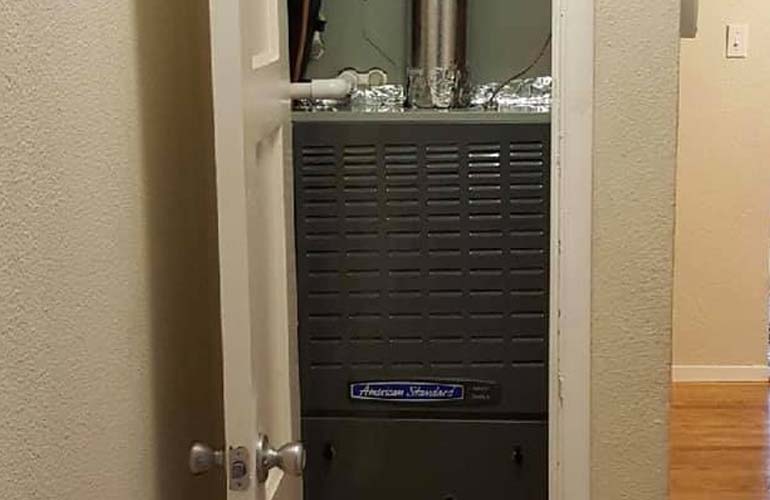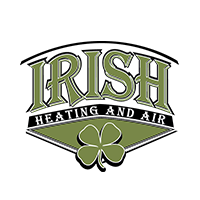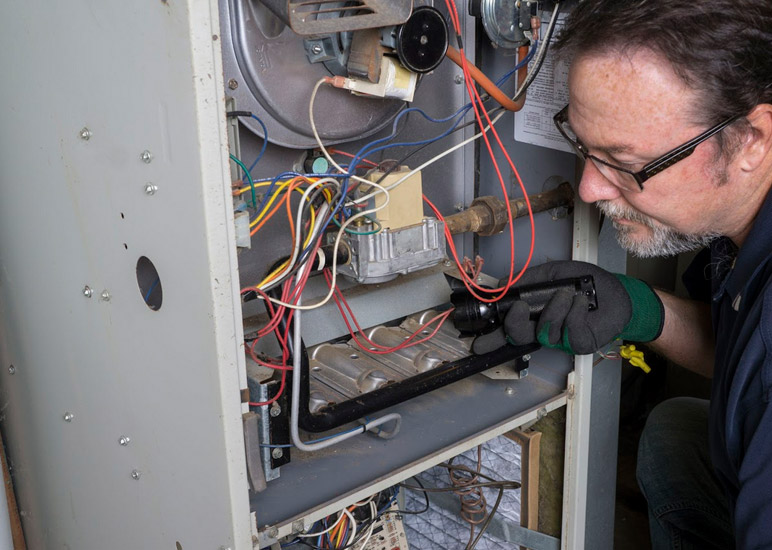 Perhaps you’ve heard a horror story online about a thermostat breaking someone’s furnace and leaving them in the cold while they called up their HVAC technician to rush back and install a new furnace, and maybe pay for the problem they’ve caused.
Perhaps you’ve heard a horror story online about a thermostat breaking someone’s furnace and leaving them in the cold while they called up their HVAC technician to rush back and install a new furnace, and maybe pay for the problem they’ve caused.
Yes, it’s true that a smart thermostat could break your furnace but if you have a reputable installer, who does his or her job properly, it won’t. If you’re concerned about this as a homeowner, here’s what you need to know to avoid this problem.
Smart Thermostats Can Short-Circuit Old Furnaces
Smart thermostats are sometimes rigged up to draw electricity from the furnace, in what’s called “power stealing.” Some systems can handle small amounts of power loss, others can’t. If the smart thermostat takes too much it can short-circuit the furnace. Overtime, this can lead to serious damage and even complete failure of the furnace.
However, this is almost exclusively a problem for old furnaces. Why? Well, in the past thermostats didn’t need to draw any electricity from an outside source, as they relied on mercury switches. Therefore, older furnaces were not made to support a thermostat’s energy use or to even connect the thermostat to the home’s electrical system.
If you’ve bought a furnace in the last few years, this shouldn’t be a problem. Even if you have a very old furnace, you can still get a smart thermostat installed properly. Here’s how.
The Solution: Get a C Wire
If you have a relatively new furnace, it should have the capacity to connect the thermostat’s “C” or common wire to the home’s electrical grid without drawing on its own power.
If your furnace doesn’t have this capacity then you, or your HVAC professional, can buy an extender kit from Ecobee for their smart thermostats. You have a few options with this kit. It can allow you to run a “C” wire to your furnace. Your smart thermostat will draw energy from the furnace, but for some furnaces that’s okay.
If your furnace can’t handle that or you want to be safe, you can run a few more wires to a transformer that connects to a wall outlet. This way, your smart thermostat is being powered independently of your furnace.
Depending on the exact set up of your furnace or other heating appliance you may need to wire the smart thermostat differently. For example, you may need an isolation relay if you have a boiler. To avoid running so many wires you could use a fast stat common maker, which makes an existing wire a “C” wire.
Which Solution Works for Me?
Ultimately, you’ll benefit from the professional opinion of a licensed HVAC technician in Manteca or in Oakdale as to how your smart thermostat can be best connected to your furnace without causing damage. It can almost always be done, no matter how old your furnace is. You just need to work with an HVAC technician who cares about the long-term health of your heating system and is willing to do it right, the first time.





